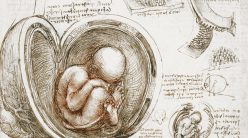How the genre has evolved and influenced researchers
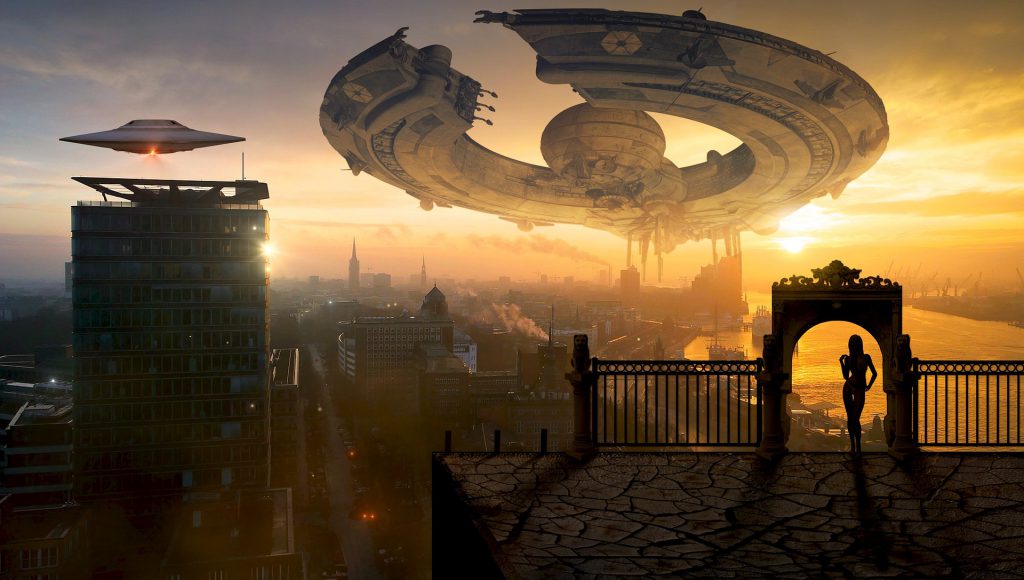
It was early 2005. GK Ananthasuresh had joined IISc a few months before. His neighbour in the campus quarters then was Utpal Nath, another faculty member who was researching gene mutations in plant leaves. It was known that certain genes are responsible for facilitating differential growth rates in leaves, which decides their shapes. An effort was being made to manipulate the genes to see if the leaves could be completely curved irregularly at the edges, like that of lettuce, or become regularly shaped cups. Engineering had to kick in to turn the leaves into any desired shape. It was just taking a lot of time, as these things tend to do.
This got Ananthasuresh thinking, his imagination building steam. Looping in his ideas of sustainability, he began writing a science fiction story in Telugu about a genetically modified tree with leaves naturally shaped as cups, plates, and cutlery. ‘Vichitra pathram’, he called it. His short story was published by the Telugu Association of North America. Years later, now the Dean of the Division of Mechanical Sciences at IISc, he recounts the story with a smile. “Science fiction is all about imagination. You can wonder about the underlying principles based on your own knowledge. To use those ideas in research, much more scrutiny and rigour are needed,” he says. “Science fiction might inspire you when you are young and impressionable, but as we grow older and learn more, we are more sceptical about how much science fiction inspires research.”
Science fiction has long remained literature’s under-appreciated child, eliciting a certain uppity smirk from purists. It is a genre that often comes into the readers’ lives during their early teens, before gently exiting, in many cases, a few years later. A pit-stop, to be remembered fondly as an emblem of a simpler time or when a new television series or movie brings the topic back in vogue again.
Peel back the layers a bit, and science fiction packs a punch. It foreshadows what science and scientists can potentially do, cheerleading the latter to make the fiction a reality.
The genre’s pioneering work is often considered to be Mary Shelley’s Frankenstein, which was written in the early 19th century. But it truly took off when authors like Jules Verne and HG Wells came out with their works, writ with fascination for the abundant possibilities as scientific fields sprung anew.
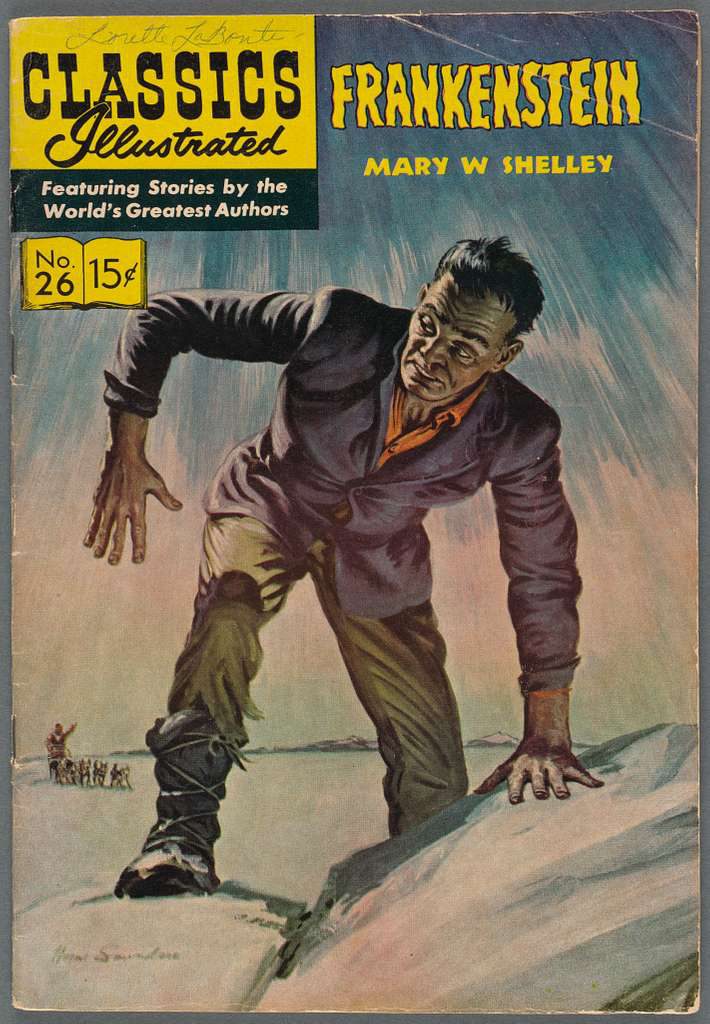
(Photo courtesy: Picryl)
Science fiction evolved further in the mid-1900s as modern technology, from air travel to nuclear weapons, was making strides in shaping the new world. Christened the Golden Age of science fiction, the literature also depicted themes of adventure and exploration.
“Classic science fiction was visionary, it was hopeful. Certainly, it started with physics as the primary thrust. You go to other worlds, [on] spaceships, and so on,” remarks Jayant Murthy, an astrophysicist at the Indian Institute of Astrophysics (IIA). “It was the time when technology was evolving, and we thought it would lead us to the heavens. It must have been an amazing time because you saw so many new things coming up. Perhaps we don’t have that sense of wonder anymore because we know that it is more complicated, and that some of the technology we have created is problematic.”
It was during this time that Issac Asimov wrote his famous Foundation and Robot series which ventured into the future of robotics. The literature, already rich with iconic works like War of the Worlds, The Time Machine and more, was further enriched. Viewing the future through the tint of the ongoing Cold War, science fiction – with its promise of a bright future and grandeur – provided an escape.
Science fiction foreshadows what science and scientists can potentially do, cheerleading the latter to make the fiction a reality
Over the next half century, the genre evolved to include a more complicated and experimental approach, with a stronger focus on characters and narratives. Philip K Dick questioned the concept of reality in his works, and Ursula K Le Guin, the author of the famed Earthsea series, portrayed a strong representation of gender and sexuality in her writing. This was a departure from much of the old science fiction which conformed with the racial hierarchies of the time and had little representation of minority groups.
The socio-political structure of the time seeped into the story, often telling tales of people set in the backdrop of a fictional world of make-believe science. The explosive success of Star Wars, Star Trek and other movies and series took the genre to even further heights in the current era, where it is no longer shoved into a corner of popular culture. The 21st century is the “Era of the Nerds”. Where once the term was used derisively, it is works of science fiction, fantasy and action comics that now command the highest budgets and the biggest returns.
Making an impact
According to some scientists, science fiction has remained a pillar of social discourse in some of the elite science institutes in the country, especially at the end of the 20th century. It is possible that this trend may have reduced with fewer students gathering in communal areas, such as TV rooms and common areas of hostels, thanks to mobile phones and social media. But science fiction’s impact on science and scientists often came before they reached these institutions.
“Science fiction made a substantial impression on me,” admits Nirmal Raj, Assistant Professor at IISc’s Centre for High Energy Physics. The works of Asimov and Arthur C Clarke inspired Nirmal to become a scientist and a writer (he writes science columns for The Hindu).
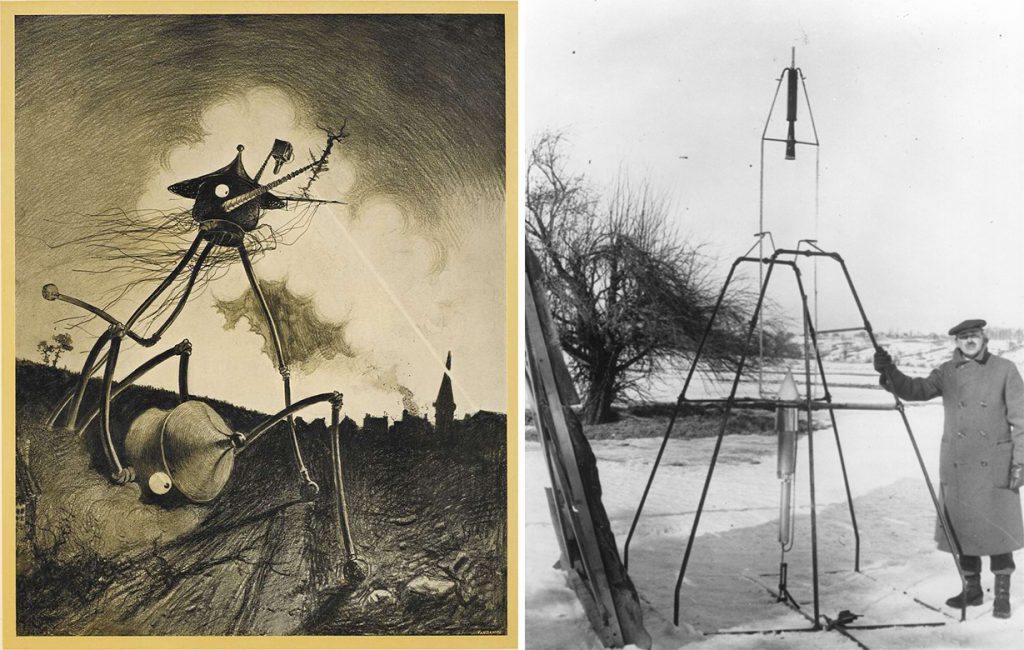
It would be churlish, however, to give science fiction all the credit for it. Often, science fiction is but a catalyst or nudge in the right direction. Nirmal also had an environment in his educational institutions that nurtured his curiosity and did not belittle it.
“What science fiction did was it got me excited about science without knowing much about science,” Nirmal says. “It gave me an image of what science could be. It gave me a vibe of an extremely exciting world out there. So, when I started working as a scientist, I did not need motivation. The same vibe was there. I feel it [even] now in my work where calculations and mathematics are my tools.”
‘Science fiction got me excited about science without knowing much about science’
Aloke Kumar, Associate Professor in the Department of Mechanical Engineering, is another convert. “[Science fiction] opened my mind to fantastical ideas. Real science is hard, it takes a while for a child to understand and access it. Science fiction broke things down, it happened fast – you meet aliens at warp speed,” Aloke says, with a smile. “It made me want to discover these things and be a part of it. Once I became proficient, I realised that fantastical things won’t happen, experiments go wrong, and everything takes time.
From imagination to reality
While some have been inspired to pursue science, many have gone a step further in their attempt to make what they found in science fiction into reality. Jules Verne’s 20,000 Leagues Under the Sea was Simon Lake’s inspiration to ideate the submarine for undersea travel. Verne’s Clipper of the Clouds provided Igor Sikorsky the vision to think of the helicopter. War of the Worlds by HG Wells was the spark that led to Robert H Goddard building the first liquid-fuelled rocket. Motorola’s first mobile phone borrowed the idea from Captain Kirk’s communicator from Star Trek. The series also inspired the multimedia programme QuickTime, and the replicators shown in the series aided in the invention of 3D printing.
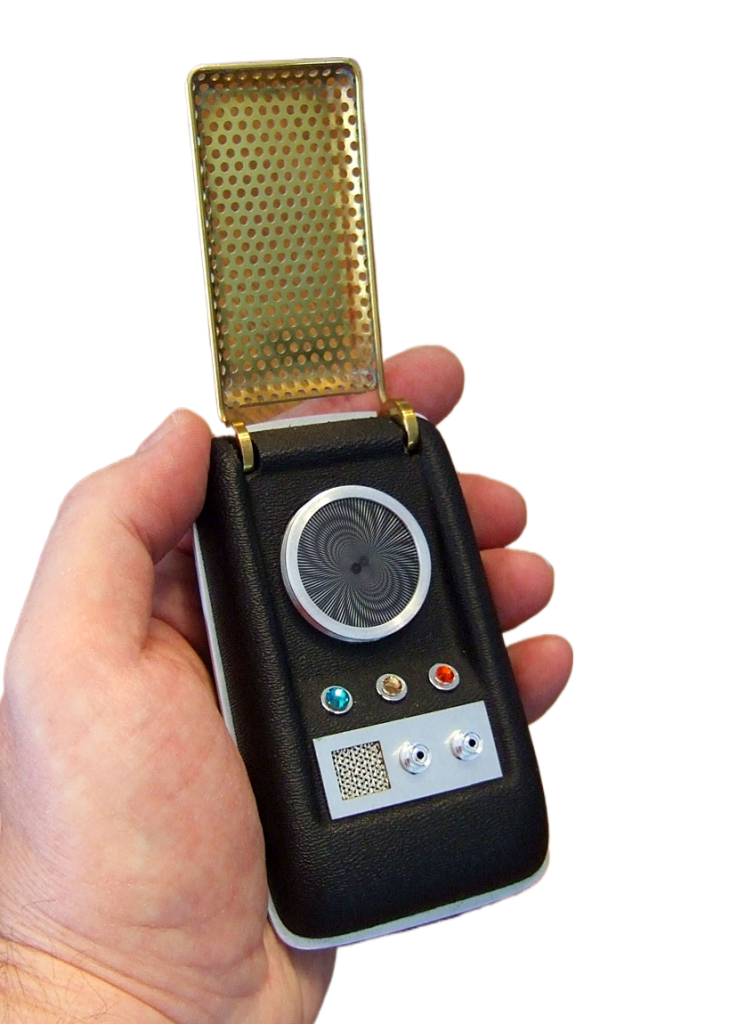
Ambarish Ghosh, Professor at the Centre for Nano Science and Engineeering, IISc, too, found inspiration from the 1966 film Fantastic Voyage. “The movie refers to a team of doctors miniaturised to travel through a human body and perform therapeutic tasks,” he says. “The movie itself is preceded by a famous lecture by [Richard] Feynman called ‘Plenty of room at the bottom.’ The lecture, and later the movie, inspired many of us to work on small-sized, multifunctional robots that can be programmed to perform therapeutic tasks in living beings.”
It is the power of the idea that leaves the deepest mark.
“In science, we look at things one step at a time. But science fiction allows a vision with results produced quickly,” says Rajesh V Iyer, scientist at the Tata Institute for Genetics and Society (TIGS). “Science fiction often seeds an idea that we then try and reach. The stories on robotics written in the 1960s are now a reality. [And so are] mobile technology and self-driven cars.”
Michael Crichton’s Jurassic Park, immortalised on the silver screen by Steven Spielberg, made genetic engineering a part of common parlance in the 1990s. Three decades on, scientists are working on reviving the woolly mammoth, the modern elephant’s long-extinct ice-age cousin. The quintessential final evolved image of Artificial Intelligence might just be something akin to HAL (Heuristically Programmed Algorithmic Computer) 9000 – minus the antagonist tendencies – from 2001: A Space Odyssey by Arthur C Clarke, or TARS from the movie Interstellar, where AI behaves akin to humans. There is little doubt that such images – and aspirations to build such machines – are in the minds of young researchers.
Sahil Bobade, an MTech student in Robotics and Autonomous Systems in IISc, was drawn to follow his passion after watching robots exhibiting intelligent behaviour, like those from the film Chappie. “I wanted to know more about it. My final year project is about imitation learning,” he says.
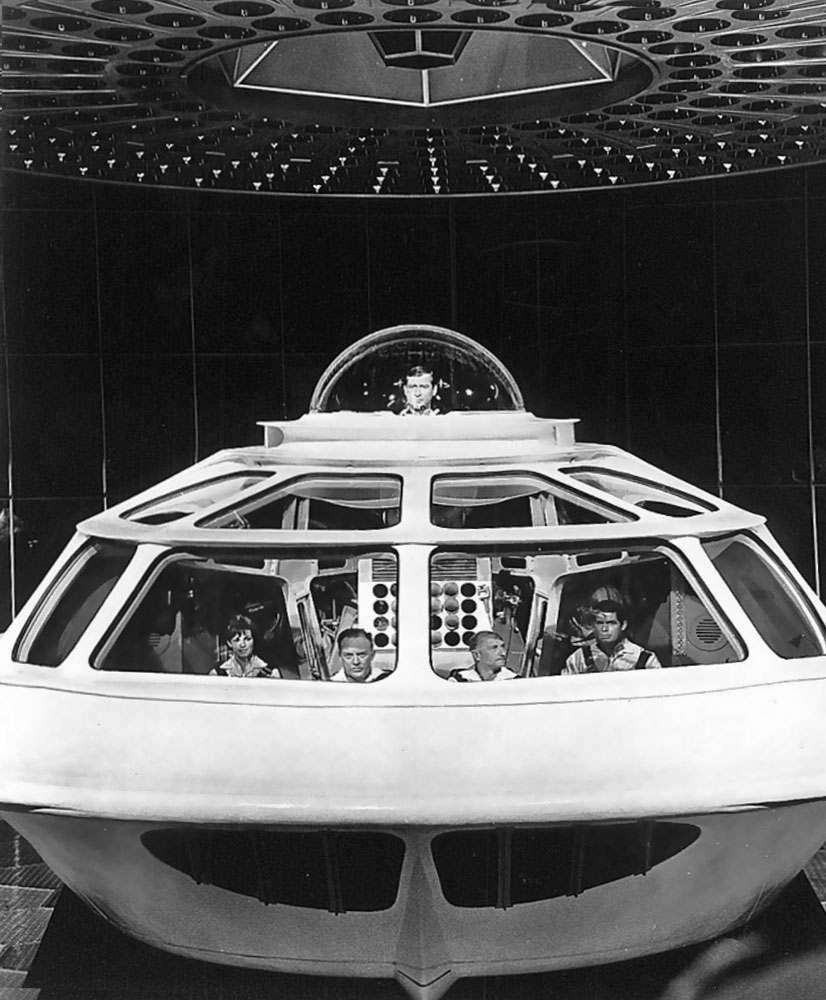
His classmate Mehul Nakre found his fascination with automation. “I enquired about courses in India in that field and I found IISc,” Mehul says. “My project is automating agriculture with multiagent systems, drones, and other things that can make decisions. Seeing movies, we know what the best-case scenario is, and we are moving towards that.”
Science fiction stories also act as cautionary tales, warning humanity of the perils of man trying to play God, with lines such as the famous “Life finds a way” by mathematician Ian Malcolm in Jurassic Park. It is a common trope that forms part of the emotional and moral dilemma in many works of science fiction.
Technology and science will always go forward. It will be nothing more than a tool. The heart and morality of humans is what gives them meaning. And that is what makes science fiction so appealing, explaining the humanity and challenges of advancing technology, a delicate balance. There is great care taken by those who produce works of science fiction now to make sure that they get the facts right – like how renowned scientist Kip Thorne advised director Chris Nolan on Interstellar. The hope is to get the science in fiction right, in addition to attracting the masses. As Mark Twain once said: “Get your facts first, then you can distort them as you please.”

